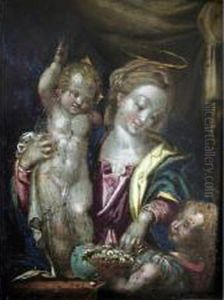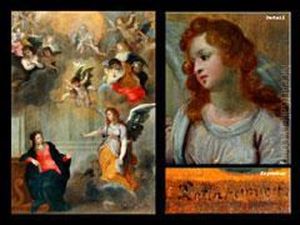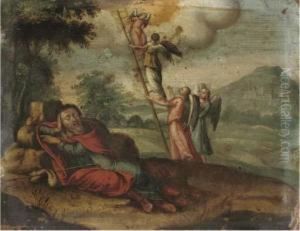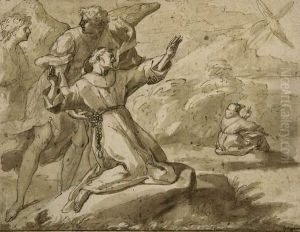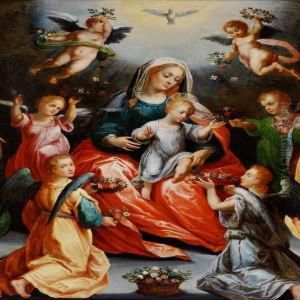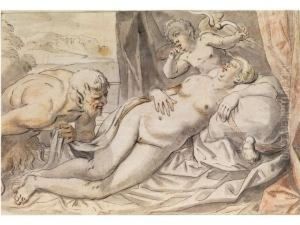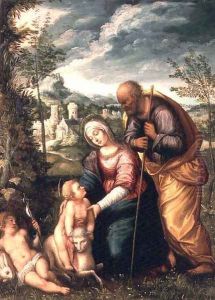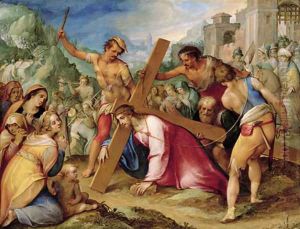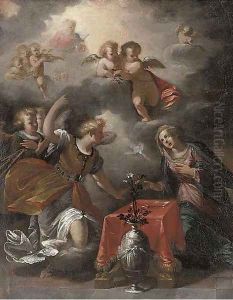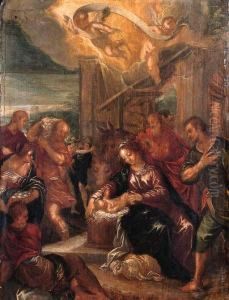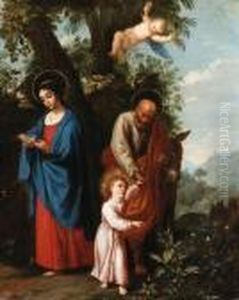Johann Rottenhammer Paintings
Johann Rottenhammer was a German painter born in Munich in 1564. He is known for his small and highly detailed history and mythological paintings, often on copper plates. Rottenhammer was one of the first German painters to introduce the Italian style of painting, particularly the Venetian school, to Northern Europe.
Rottenhammer lived and worked in Italy for many years, particularly in Venice and Rome, where he absorbed the influence of Renaissance masters such as Paolo Veronese and Tintoretto. During his stay in Italy, he collaborated with some of the most prominent artists of his time, including the landscape painter Jan Brueghel the Elder. This collaboration was quite successful, with Rottenhammer providing the figures and Brueghel the landscape elements in their joint works.
He returned to Germany, settling in Augsburg in 1606, where he was commissioned to create altarpieces for churches and paintings for the local nobility and bourgeoisie. His work was characterized by rich color, intricate detail, and a masterful handling of light and shadow. Despite his success, Rottenhammer's later life was marred by financial difficulties, and he died in Augsburg in 1625.
Today, Johann Rottenhammer is remembered for his role in the transmission of Italian Renaissance styles to the German-speaking lands and for his finely crafted cabinet paintings. His works can be found in various museums and collections across Europe, showcasing his talent for combining Italian elegance with Northern European detail and craftsmanship.
